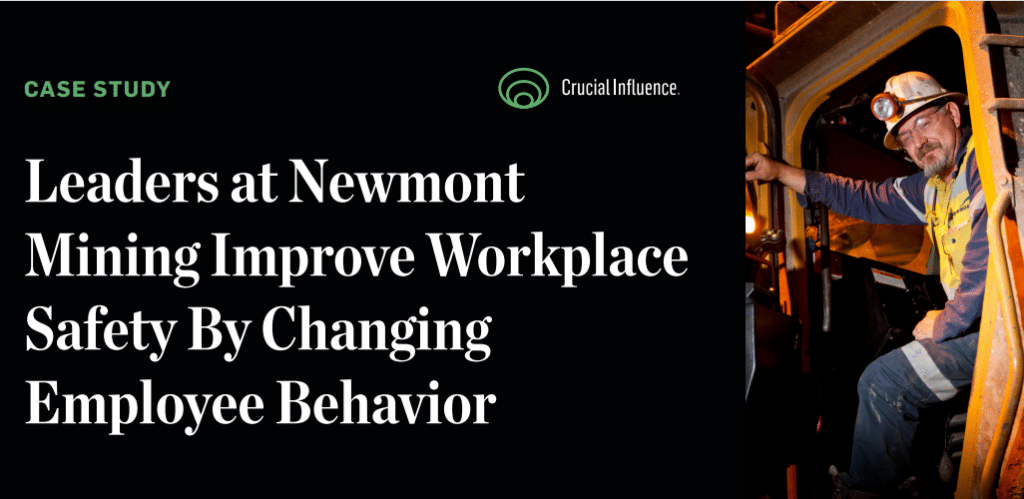Political tribalism is tearing our country, our communities, and our families apart. It is beyond heartbreaking. We are retreating to our own camps, surrounding ourselves with like-minded people, listening only to those messages that comfortably reinforce our own beliefs. And, as we do so, we lose any sort of counterbalance and slowly we become the most extreme versions of ourselves.
It seems at times as if we have lost the ability to live among people who think differently than we do.
When opposing opinions and strong emotions are driving us apart, the solution is dialogue. The solution is to share our meaning and listen sincerely and diligently and openly as others share theirs. This is not just about being kind and tolerant. It’s in our interest to hear someone else’s point of view, to value our differences. Research has consistently shown that diverse thinking leads to better outcomes and that conformity leads to worse outcomes. Still, putting this into practice can be hard. So, let me offer three keys for cultivating a healthy relationship with someone who believes differently and two tips for holding the conversation with your partner.
Keys to Loving People Who Have Different Beliefs
Believe that You Can
This tip might seem obvious, but I think some people have moved to such extremes that they no longer believe it is possible to live with and love those who think differently than they do on certain topics. If you want to have a strong relationship with someone, you have to believe that you can.
In order to believe you can love someone you strongly disagree with, you must first realize that you can achieve unity of purpose on some level. For example, review the following statements. Do you think you and your partner would both agree with at least some of these?
- My goal is to have a strong, healthy, joyous marriage. With you.
- I believe that our political beliefs are just one aspect of our identity.
- I believe there is much more to each of us than our political identities.
- I love these other aspects of you (list them).
If you can find agreement on these or other similar beliefs, you will have identified some mutual purpose on which you can build.
Set Boundaries
Healthy relationships have boundaries that are maintained by respect for oneself and one’s partner. When you have differences that trigger each other, it’s helpful to set some boundaries. You’ll need to decide what is right for you, but here are some boundaries to consider:
Times: For example, “Let’s agree not to talk about politics during dinner.”
Topics: “It seems like when we talk about politics, we both end up angry and frustrated. Let’s try not to talk about politics with each other for a week and see what happens.”
Process: “I am willing to listen to your views and would like to understand them better. And, when you share your views, please do so in a way that doesn’t disparage or disrespect mine.”
Build Safety
Safety in a conversation comes when I know you care about me as a person and you care about my goals. You know I care about you and your goals.
You can accomplish this first by expressing your care for each other. Telling your partner, out loud, that you care about him or her can help to remind you both of the relationship you have and can help get a conversation back on track.
But while safety can be built during and through a conversation, at other times it is built aside from the conversation. Companionship is about more than conversation. It is also about shared interests. The pandemic restrictions have sharply curtailed many of the activities that people once did together. But they have also forced us to isolate in our homes with our families and roommates. I believe there are things you could enjoy doing with your partner, although they might be activities that are new and different. Find them. Find something other than talking about politics to fill your time.
Talking with Your Partner
It might be easy to say there is a gap between the partner you would like and the partner you have. But that will only lead to blame. Focus instead on the result you want: a happy, healthy marriage with your partner.
The first step in a gap conversation is to describe the gap, to get the other person’s perspective on the gap. “Here is how I see our marriage right now… How do you see it?”
That may be all you need to do in that first conversation. Listen to how he/she thinks and feels about your marriage. What is working or not working. Then, take some time and think about what they said.
Let’s assume that you come to some general agreement—that your marriage is not what it once was and could be better. You probably have very different ideas about what is causing the gap and how to close it. This is the second tip: ask what he/she thinks. Ask if they have contributed to the gap in your marriage. Then listen.
Listen carefully and openly as they tell you this. Then, take some time and think about what he/she said about you. Ask to be open to hearing what you think is causing some of the gap. Remember to create safety by sharing your intent. Why are you talking about this? Because you love your partner and you want to love being with him/her.
One of the things we have found in studying relationships is that the health of a relationship is a function of the average lag time between identifying and addressing a problem. There is a definite lag here. Two to three years by your count. This is a relationship to be worried about. But, you can change. They can change. Relationships can get better. It doesn’t happen without work, without effort, and without pain, but you can do this. You can rebuild your marriage a conversation at a time. Go slow. Listen a lot. Process your emotions outside of the conversation, not during the conversation. Take a breath when you need it. Remind yourself of the goodness. Talk again.





